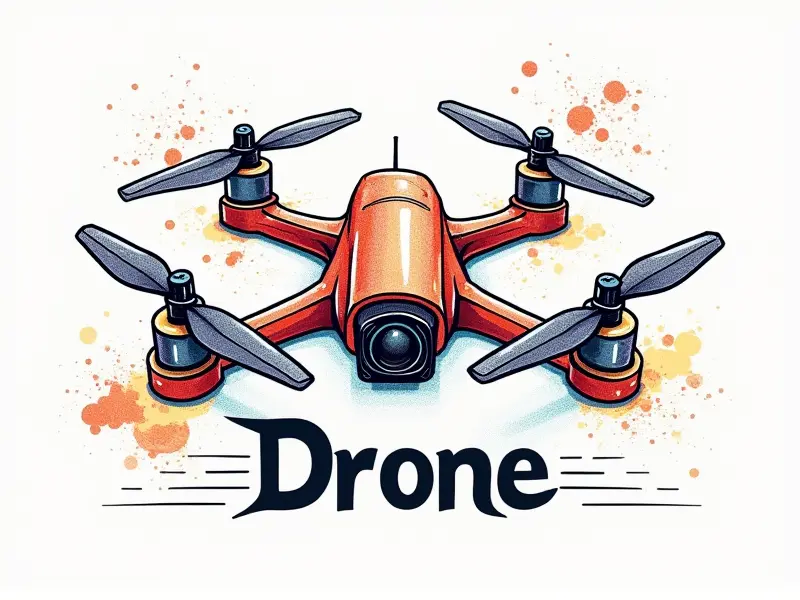RC flying field requirements?

RC Flying Field Requirements
Setting up an RC (Radio Controlled) flying field is a significant undertaking that requires careful planning and consideration. Whether you are a seasoned hobbyist or just starting out, understanding the essential requirements, safety guidelines, and best practices for your RC flying site can make all the difference in creating a safe and enjoyable environment for everyone involved.
Essential RC Flying Field Checklist
To ensure that your RC flying field is well-equipped and functional, consider the following checklist:
- Safety equipment: First aid kits, fire extinguishers, emergency communication devices.
- Fencing: Proper fencing to contain aircraft within designated areas.
- Signage: Clear and visible signs indicating rules and boundaries.
- Launch pads: Stable launch platforms for takeoffs and landings.
- Runway markings: Clearly marked runways to guide pilots.
Safety Guidelines for RC Flying Areas
The safety of participants is paramount in any RC flying field. Here are some key guidelines:
- Wear protective gear: Helmets, goggles, and gloves to protect against debris.
- No unauthorized access: Ensure that only authorized personnel enter the flying area.
- Emergency procedures: Have clear emergency protocols in place for accidents or incidents.
Best Practices for RC Airfield Layouts
A well-designed layout can enhance safety and efficiency at your RC field. Consider these tips:
- Clear airspace: Ensure there are no obstructions like trees or buildings near the flying area.
- Multipurpose areas: Designate zones for different types of aircraft (e.g., large and small).
- Wind direction indicators: Install windsocks to help pilots gauge wind conditions.
Must-Have Features in RC Flying Sites
To provide a comprehensive experience, your RC flying field should include the following features:
- Parking area: A designated space for vehicles and equipment storage.
- Shade structures: Provide shelter from sun and rain.
- Toilets: Accessible restrooms for visitors.
Creatiing Ideal Conditions for RC Flights
The right conditions can significantly impact the performance of your model aircraft. Consider these factors:
- Weather considerations: Avoid flying in extreme weather conditions such as heavy rain or high winds.
- Landscape features: Choose a field with flat terrain and minimal vegetation to reduce interference.
RC Flying Field Regulations Explained
Understanding local regulations is crucial for compliance. Key points include:
- Zoning laws: Check if your location complies with local zoning requirements.
- No-fly zones: Identify and avoid restricted airspace.
Setting Up Your Perfect RC Field
To set up an ideal RC flying field, follow these steps:
- Select a location: Choose a site that meets safety and operational requirements.
- Obtain necessary permits: Ensure you have the legal right to operate your field.
- Install infrastructure: Set up fencing, signage, and other essential equipment.
Legal Requirements for RC Flying Fields
Familiarize yourself with local laws and regulations. Important aspects include:
- Licensing: Obtain any required licenses or permits from local authorities.
- No-fly restrictions: Be aware of designated no-fly zones to avoid legal issues.
Safety Rules for RC Flying Areas
Implement strict safety rules to ensure the well-being of all participants. Examples include:
- Flight plan submission: Require pilots to submit flight plans before flying.
- No alcohol or drugs: Prohibit the use of substances that impair judgment during flights.
Equipment Needed for RC Model Airfields
To operate a safe and functional RC field, you will need specific equipment such as:
- Radio frequency analyzers: Tools to check for interference in the airwaves.
- Battery chargers: Equipment to charge batteries safely and efficiently.
RC Flying Site Layout and Design Tips
A well-planned layout can enhance safety and enjoyment. Consider these design tips:
- Multiple runways: Provide different runway lengths for various aircraft types.
- Wind direction indicators: Install windsocks to help pilots navigate changing conditions.
Conclusion
Establishing an RC flying field requires careful planning and adherence to safety guidelines. By following the essential checklist, implementing best practices in layout design, and ensuring compliance with legal requirements, you can create a safe and enjoyable environment for all participants. Remember that ongoing maintenance and updates are crucial to maintaining a high-quality RC flying site.

